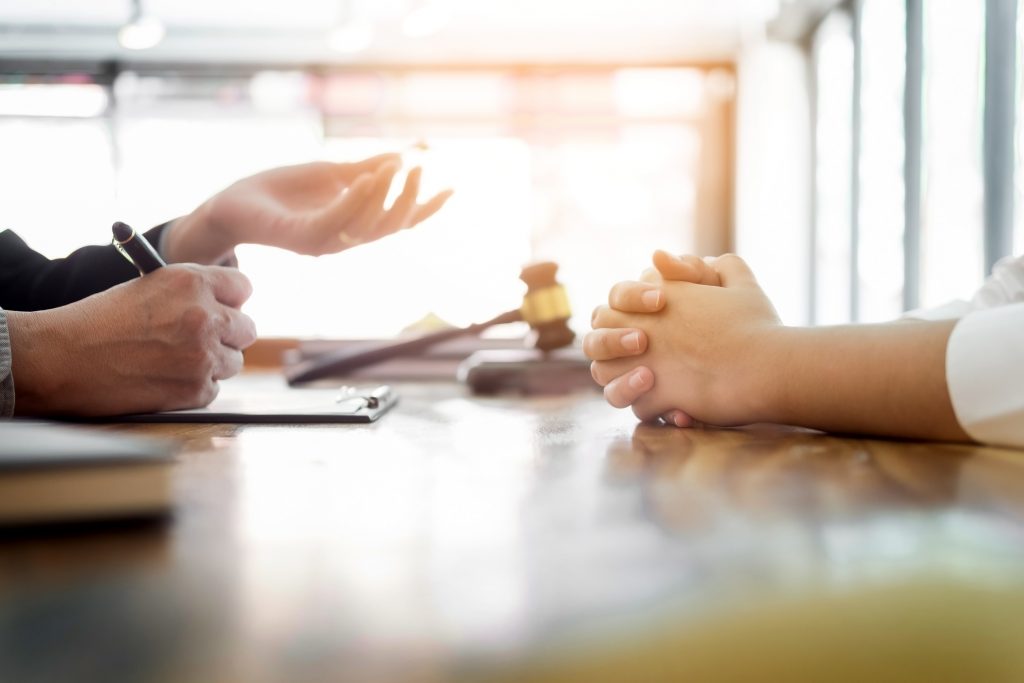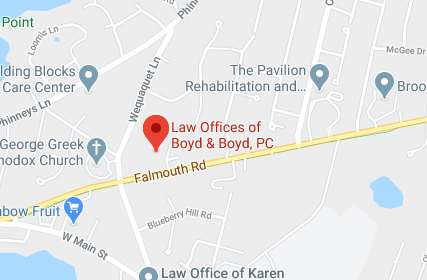A Personal Asset Trust, or PAT, is a type of trust you can create for a beneficiary that allows them to retain control of assets without legally owning them. The person you select is both the trustee and beneficiary of the trust, which means they can make decisions about how assets within the trust are handled and invested and who can receive the assets—within the boundaries of any legal provisions you create for the trust.
An estate planning lawyer can help you set up a Personal Asset Trust. A PAT isn’t your only choice, so it can be essential to consult with an experienced professional and ensure you understand all options before moving forward with estate planning.
The Benefits of a Personal Asset Trust
A Personal Asset Trust can provide peace of mind for you and flexibility and support for your beneficiaries, even after you’re gone. You choose who is the trustee and beneficiary of the trust, which can help protect assets from being taken from your beneficiaries. A PAT can protect assets from other family members, including spouses and creditors, in some situations.
Personal Asset Trusts can also help you leave assets for beneficiaries without causing them to lose government benefits such as disability or Medicaid.
Depending on your preferences for how beneficiaries receive and use assets you leave them, you can create provisions in a PAT that attach strings. Typically, a PAT will give the trustee discretion to make distributions to the beneficiary or the beneficiary’s children or grandchildren. Distributions made by a beneficiary who is acting as the trustee will be limited to an “Ascertainable Standard” as defined by the IRS. This means distributions are limited to those for reasons of Health, Education, Maintenance or Support (HEMS).
The person is still the trustee and may manage how the assets are invested, but they can’t legally take all the money out at one time if those are the rules of the trust. This can help you support responsible use of the legacy you leave behind while also increasing the chance there may be something left for future descendants such as grandchildren.
Example Use Case Scenarios for Personal Asset Trusts
There are many reasons someone might set up a Personal Asset Trust. How you create your estate plan is unique to you. Estate and trust administration has many traps for the unwary, and the best choices for your situation depend on a variety of factors, so consider consulting a professional before you make any decisions.
That being said, here are some hypothetical situations that might benefit from a Personal Asset Trust:
- You’re worried about divorce. Perhaps your child is married to someone and you personally don’t think the marriage will last. You’re worried that if your child inherits a large amount of money or other assets from you, that spouse will take half or more of it in a future divorce. Creating a PAT provides a means through which your child can manage the assets and benefit from them, but not legally owe them. That can protect them in the event of divorce. And if you end up being incorrect and the marriage lasts for many happy years, your child can use the assets in the trust for his/her own benefit as well as of a spouse and children.
- You’re concerned about creditors. In another scenario, a child may have incurred a lot of debt or have liability as a result of a judgment. If the child inherits anything of value, creditors may sweep in to take it. Setting up a trust can shelter the assets from creditors while also allowing your child the ability to fully enjoy an inheritance without the risk of it being taken by a creditor or even a bankruptcy court.
- You don’t trust someone’s money-management capability. Maybe you’re not worried about divorce or current creditors, but you’re not confident in the money-management abilities of your heirs. If they spend money as fast as they get it, you may want to set up a trust that gives them some control but limits how fast they can withdraw and spend money.
- You want to ensure your grandchildren get something when they’re adults. You can set up a trust that helps protect your legacy, potentially ensuring that there is something left for your grandchildren when they come of age. For example, you might create a PAT and have your adult child be the trustee and beneficiary with a provision that at the death of your child the assets in the trust will automatically pass to your grandchildren (ie. the children of that child).
- You want your assets to be out of the estate tax system for multiple generations. Assets passed through a revocable trust to a Personal Asset Trust will be subject to estate taxes at your death, but will not be included in the taxable estate of your heirs. In most states assets left in a PAT will be exempt from estate taxes for about 3 generations or about 100 years. In a few states a PAT can go on indefinitely.
Why You Should Take Time to Make an Estate Plan Now
If you don’t make an estate plan to direct how your assets are handled after your death, the courts will follow state law in handling probate and determining who gets what. For example, if you don’t have a will that appoints someone as personal representative of your estate, the court will appoint a personal representative to act in that capacity, and it may not be the person you would choose.
While the law certainly isn’t meant to strip you or your beneficiaries of your rights, courts can’t know your preferences and wishes unless you put them in formal documents via estate planning.
Working With an Experienced Estate Attorney
By working with an experienced estate law attorney, you can understand all your options and make the right decisions for you and your beneficiaries. You can also ensure that your wishes are recorded in a legal manner, which increases the chance that they are followed and reduces stress for your heirs.
Start planning your estate today. Contact Boyd & Boyd, P.C. today.












